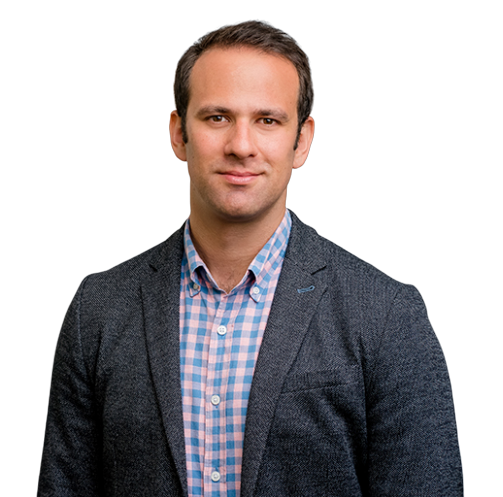Despite the increase in internet adoption globally, roughly half the world’s population still lacks access to internet. This leaves them excluded from modern digital services like mobile money tools, which have been key in bringing people into the formal economy in countries like Kenya and Nigeria.Access to smartphone technology is rapidly expanding (global smartphone penetration averages around 85%) but 50 percent of smartphone users still don’t have data plans - which means they can’t make payments using their phones.
While the smartphone’s penetration is a bit less globally, the fact that the modern smartphone was introduced just about a decade ago and has already reached penetration rates into the mid-80s (%), is comparably astounding. Also, while several years back it would not have been surprising to see a vast disparity between countries in terms of smartphone penetration, we’ve seen the gap across the globe for smartphone penetration close considerably over the last few years. The average difference across most countries now amounts to roughly 10 percent or less.
Leveraging Emerging Technologies To Create A New Solution
The question of how to reach those who have had little to no connectivity was a priority for Moussa Beidas, co-founder of Bridg, when he decided to start his company in 2014. “I knew I wanted to find a way to enable offline digital payments, but my first challenge was to find other people who also believed it was possible.”
Bridg’s patent-pending software application, OneConnect, allows users to make wireless payments between two Bluetooth-enabled smartphones, even if only one of the phones has connection to the internet. It does this by using smartphones as a network of offline ledgers - “like blockchain, but stored on physical devices,” according to Beidas. For example, merchants without a data connection can still charge a customer’s smartphone, while consumers can still manage to buy groceries or make other important purchases offline.
Beidas compared his technology to mobile payments, which have allowed emerging markets like Nairobi to “leapfrog” past traditional bank accounts.
“In many emerging markets, banks seem singularly focused on getting people to adopt credit cards - with limited success,” said Beidas. “With the right technology, however, we can leapfrog past plastic entirely and meet people where they are. For example, even in dire situations such as the refugee crisis, we see that many people manage to stay connected through their phones - our solution can reach those people and alleviate the burden for humanitarian organizations.”
Charting Your Own Path
Moussa, a designer by trade, believes that his previous career trained him to think outside the box, and how to build a path from A to B where one currently doesn’t exist. This is the type of approach he encourages other innovators to have.
“For a new company trying to make a mark or an old company looking to innovate, technology should be the primary focus. Companies can build unique value propositions around technology that competitors are unable to replicate. This is far more advantageous than simply trying to do what’s already been done.”
Bridg, the first-place winner of the 2017 Financial Health Forum in Dubai, went on to join the first incubator cohort at the Dubai International Financial Centre (DIFC) Fintech Hive and is in the process of acquiring an innovation testing license from the Dubai Financial Services Authority (DFSA) to further test and develop their technology.

As Communications Director at Village Capital, Ben works on sharing what we’ve learned from our work in order to amplify our impact and help catalyze the fields of impact investing and entrepreneur support.